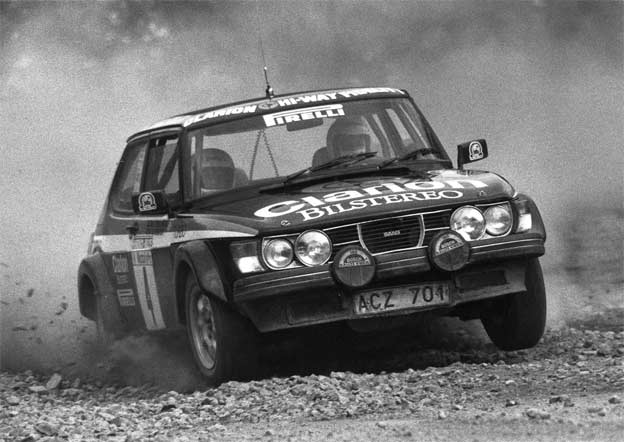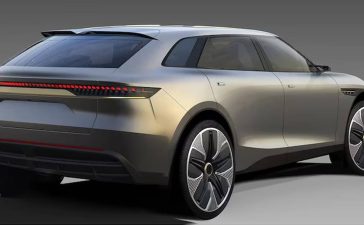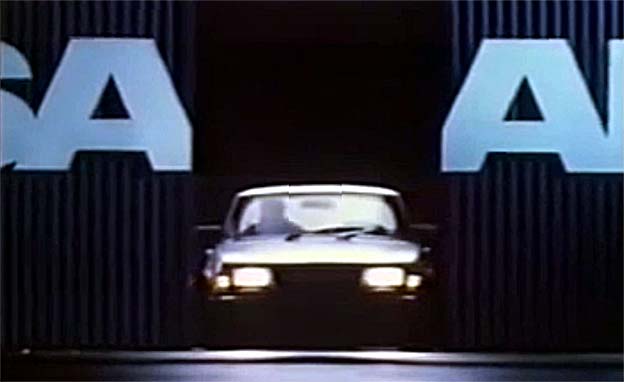Here is another text in the series that we dedicate to tips on how to save fuel and reduce costs, in these difficult times of the global energy crisis. We know that Saab’s gasoline engines are quite “thirsty”, and significant savings can be made with them. But the very economical diesel units in Saab cars, based on the 1.9-liter engine from the collaboration between GM and Fiat, can be additionally optimized.
With a few tricks and tips, you can quickly and effectively reduce fuel consumption – as part of the fight against record prices at gas stations!
TIPS FOR SAVING FUEL IN EVERYDAY DRIVING
Tips & Tricks
Driving style is the most important factor.
The way you drive has the biggest impact on your car’s fuel consumption. Even if your car has, say, 70 hp, if you drive it as if you were on a rally (with sudden acceleration and braking, stepping on the pedal “to the board” and driving around the maximum number of revolutions), you will see that the car consumes significantly more than the factory tested values.
It is recommended to gradually reach the desired speed by firmly but moderately pressing the accelerator pedal. Of course, gradually does not mean that you should accelerate to 60 km/h for a whole minute, but that you should reach that speed by accelerating evenly. Proper gear shifting is also part of that solution.
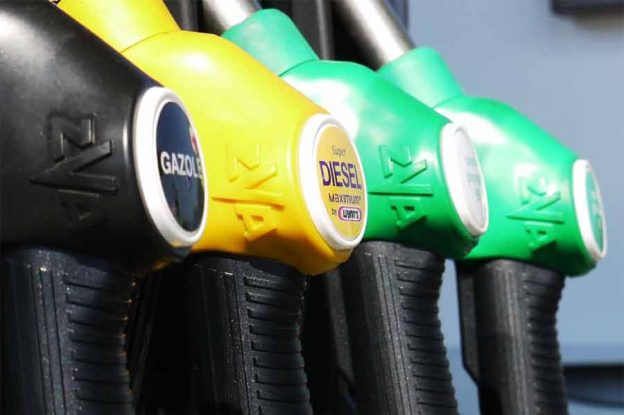
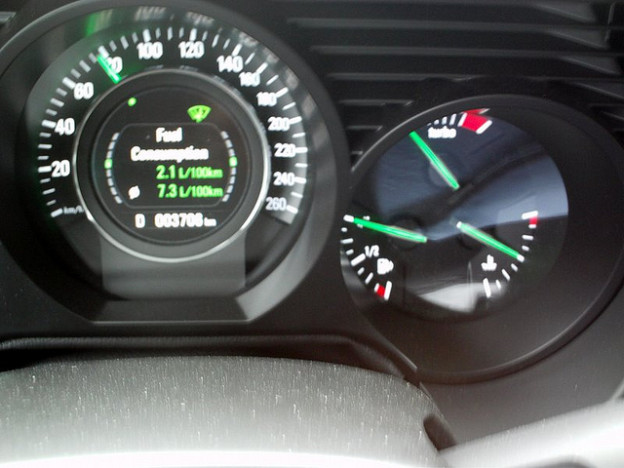
Do not wait for the car to start “screaming” in order to change to a higher gear, but do it at the moment when you exceed the optimal torque (which is around 3,500 revolutions for gasoline engines, while it is at 2,000 revolutions for diesel engines). When braking, throttle reduction should be applied instead of using the brakes, of course where it is possible and where it does not endanger other road users. Also, by changing the speed to a lower level at the right moment, you achieve “engine braking”, which also helps to reduce consumption. Of course, this should be done if you follow the advice on keeping a distance between you and the vehicle in front. This will give you enough time to assess the situation and make a decision on how to proceed.
Check the tire pressure.
Air pressure in tires is one of the factors that affect consumption. The lower the pressure, the greater the rolling resistance of the tires, and the more engine power is needed to keep the car moving. More power means more consumption. That is why you should constantly check the pressure and top up the tires, if necessary. It is important to note that you should not overinflate the tires so that the pressure is as high as possible, because this can damage other parts of the car, even though you may save a little more.
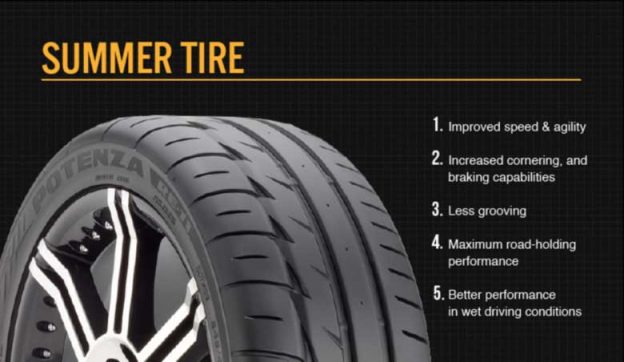
These are the most important tips for reducing fuel consumption. There are a few other ways to save fuel, such as: not using air conditioning (heating and air conditioning simply “eat” fuel), improving the aerodynamics of the vehicle (i.e. driving with closed windows, removing non-essential external accessories such as a roof rack), and avoiding traffic jams (due to start-stop driving); however, the savings that can be achieved in these ways are significantly lower than the two mentioned above.






